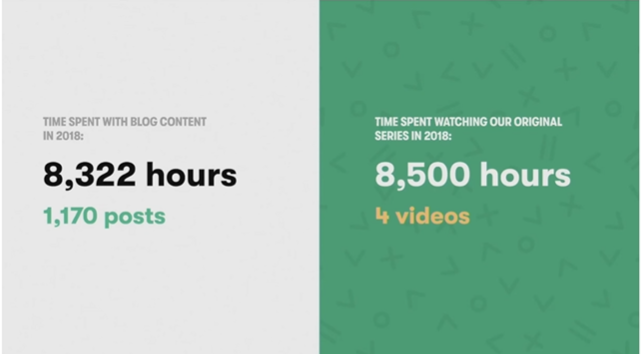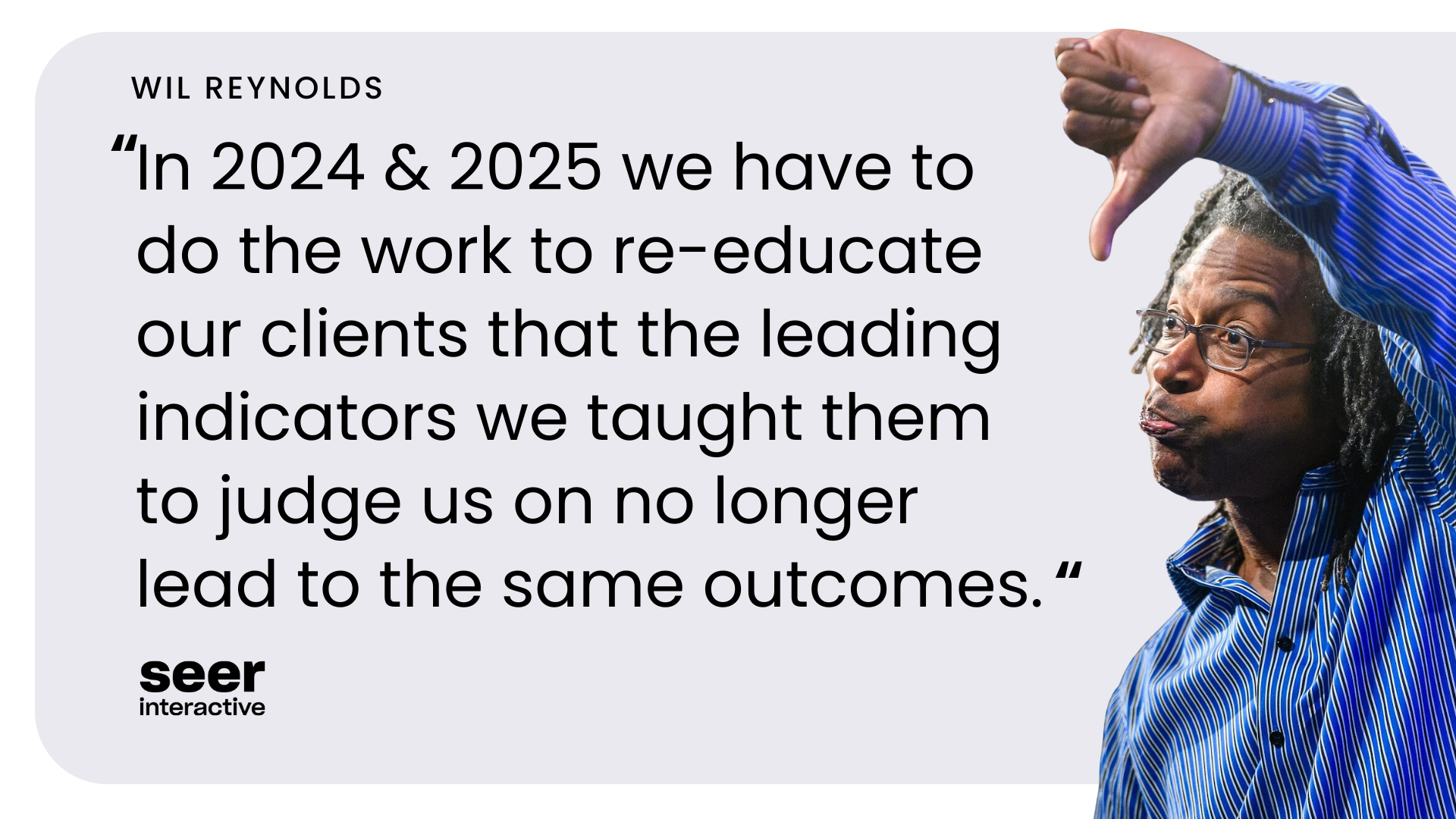Key Takeaway: In his presentation, How to Build a Global Brand Without a Global Budget, Phil Nottingham walk us through creating valuable, far reaching campaigns without the large marketing budget. Phil starts off by acknowledging that there are flaws in our current approach to building “brand awareness”.
Flaws in Building Brand Awareness Now
Flaw One
Starting with customer experience, great websites are hard to come by and expensive to build, not everyone has the manpower or funds to develop a site. Phil calls a great website a commodity.
With over 600 million blogs, it has become increasingly difficult to stand out, even so, you can only convey the brand’s personality to an instinct.
Flaw Two
Most are familiar with the risk that comes with running a PR campaign, but PR campaigns don't build brands, they amplify them.
Flaw Three
Social media engagement doesn’t drive central preference and consumer relation with your brand. We learned with Shannon’s presentation that virality doesn’t equal traffic (or customers). Without a clear way to measure social media engagement, we are unable to know it’s true impact.
Flaw Four
In our world of advertising and marketing, we only have a few seconds to make a lasting first impression, and views and impressions only mean so much, it doesn’t equate to your reaching and connecting with an audience.
Phil breaks down the flaws to say goodbye to “brand awareness” but hello to “brand affinity”.
From Brand Awareness to Brand Affinity
Brand affinity is driven by identity, it’s how long someone has engaged with a brand vs. viewed, it’s people liking you vs. knowing you.
With most companies creating video content instead other forms of content creation, this new process of “brand affinity marketing” can be done in-house with short form advertisements.
In 2018, the time an user spent with blog posts was 8,500 hours across 1,170 blog posts, while that same amount of time was spent engaging with only 4 videos.

The target audiences to aim for are in communities and subcultures, not influencers. Influencers often speak AT people and not TO people. Interest groups can work but more often than not, there is no conversation flowing.
Your company needs to create content that speaks to a niche audience to create those relationships.
Remember: Content should be driven by entertainment as a goal, not just sharing information.
The goal is to create the most compelling thing on the internet, to create something they will actively want to watch because it's as entertaining to them as something on Netflix.
In most cases, this shouldn't cross over with the value of the product or service you are selling.
Now that we know what content works best, we know what audiences to target and where to find them, the last stop on this train is distribution.
Phil recommends we leverage Youtube. YouTube marketing works well when you fill it with short snippets that quickly cover certain topics which contain latent demand.
💡 Pro tip: Focus on the time users spend watching your content vs. views.
Summary
To have successful brand affinity, create long-form entertaining content in subcultures and niche communities to properly measure and test how long audiences are spending time with your brand.



